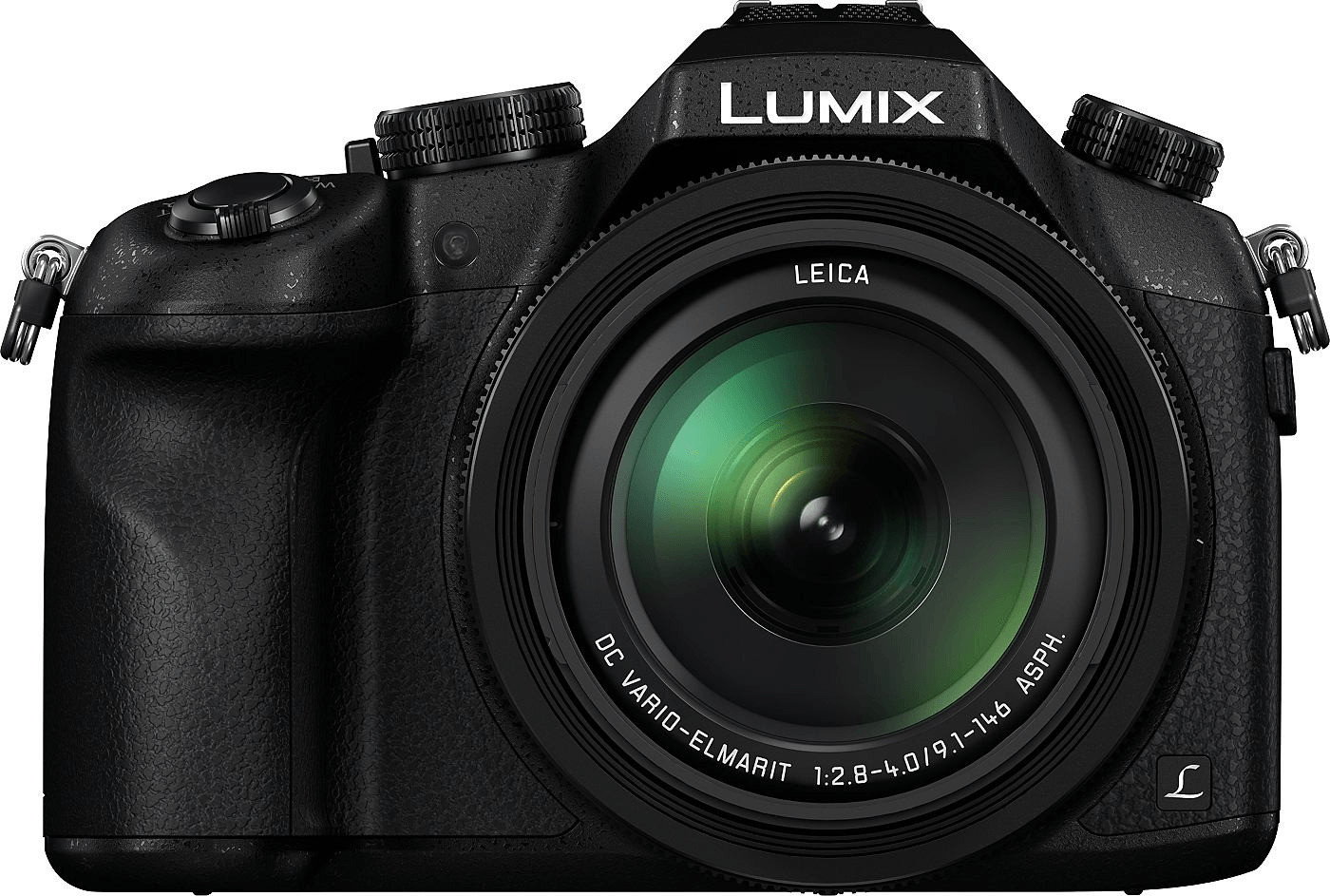

so any and all advice is appreciated as to what things to do or buy that will give me more use. This is the rainforest, humidity is an issue, and obviously rain. fyi, I can carry a small fanny pack with extra batteries and filters, don’t need that on the chest pack, so trying to keep it “just the camera” to keep weight down.Ģ.
#Izoom greyed out lumix dmc fz1000 free
I want to have some kind of camera bag that mounts on my chest so my hands are free for hiking, but I can quickly get the camera out for a “run and gun” shot, while still having it protected and right at hand. You can look at this link to get an idea. So I have every opportunity possible, and time to learn. But my passion for photography and video, and applications for my CR Real Estate project ( I am living, literally, on the side of a mountain at 1600 ft elevation overlooking the pacific, in a tropical rainforest with unbelievable views and what National Geographic calls the most bio intense area of the world ). I am a very experienced hiker, but coming from the other extreme, as up until now, I have had less sophisticated / less expensive cameras (Canon SX40) and always left on “auto”.

My FZ1000 is being delivered to me tomorrow. Here are a couple of photos taken with the camera. ThinkTank Camera Support Straps V2.0 (formerly Backpack Connection Kit)
Connect to smartphone with Panasonic app allowing remote control and copy of images. Leica lens with 35mm equivalent 25-400mm at 2.8-4.0. I think it’s the best camera for hiking and backpacking out right now. If you’re looking at getting a new camera that’s much better than a point and shoot pocket camera, takes great photos and video, and doesn’t have the weight and bulk of a DSLR with multiple lenses, this might be the camera for you. The latter makes it nice to take a photo with your camera, copy it to your phone, then easily share it to social channels. Being more of a consumer camera also gives it a few features such as an articulating viewfinder, autofocus on video, and the ability to connect with your smartphone to control it remotely and copy images from the camera. It also shoots 4K video which is crazy for a camera in the sub-$1,000 price range. Since this is one lens, I get all the stops in between which would require another lens in the DSLR setup. My old setup had a wide lens and a long lens with a gap between them. The camera has a 35mm equivalent 25-400mm Leica lens which takes nice sharp images. These sacrifices aren’t huge, however, when taken into account the pleasure of hiking with something much, much lighter.īeing lighter and more compact aren’t the only advantages this unit has. With Canon’s longer lens and better image stabilization allow for capturing subjects further away and having it be smoother while holding in your hands. I’m a slightly bigger fan of Canon’s colors, while others disagree, but that’s a matter of taste. There are definitely some ways in which my 7D with heavier and much more expensive glass are superior. For starters, it’s only 2.1 lbs, but it is fantastic. I ordered and received the Panasonic Lumix DMC-FZ1000 last summer and began taking it with me on hikes. I found they were just coming out with another one this past summer and it seemed right up my alley. I had been casually looking for another solution when a friend of mine recommended that I look into the superzoom, or bridge cameras, in Panasonic’s LUMIX line. Finally, I have to always take an extended trip backpack as I need the extra support and girth of a larger pack. It’s also bulky and cumbersome when it comes time to take off my backpack as there are a few different connection points that must be disconnected. First of all, the setup is heavy at around 9lbs. 
Recently, I’ve found myself dreading taking it with me. Awhile ago I did a video about the DSLR camera setup I have used well over 1,500 miles of hiking and how I carried my DSLR.







 0 kommentar(er)
0 kommentar(er)
